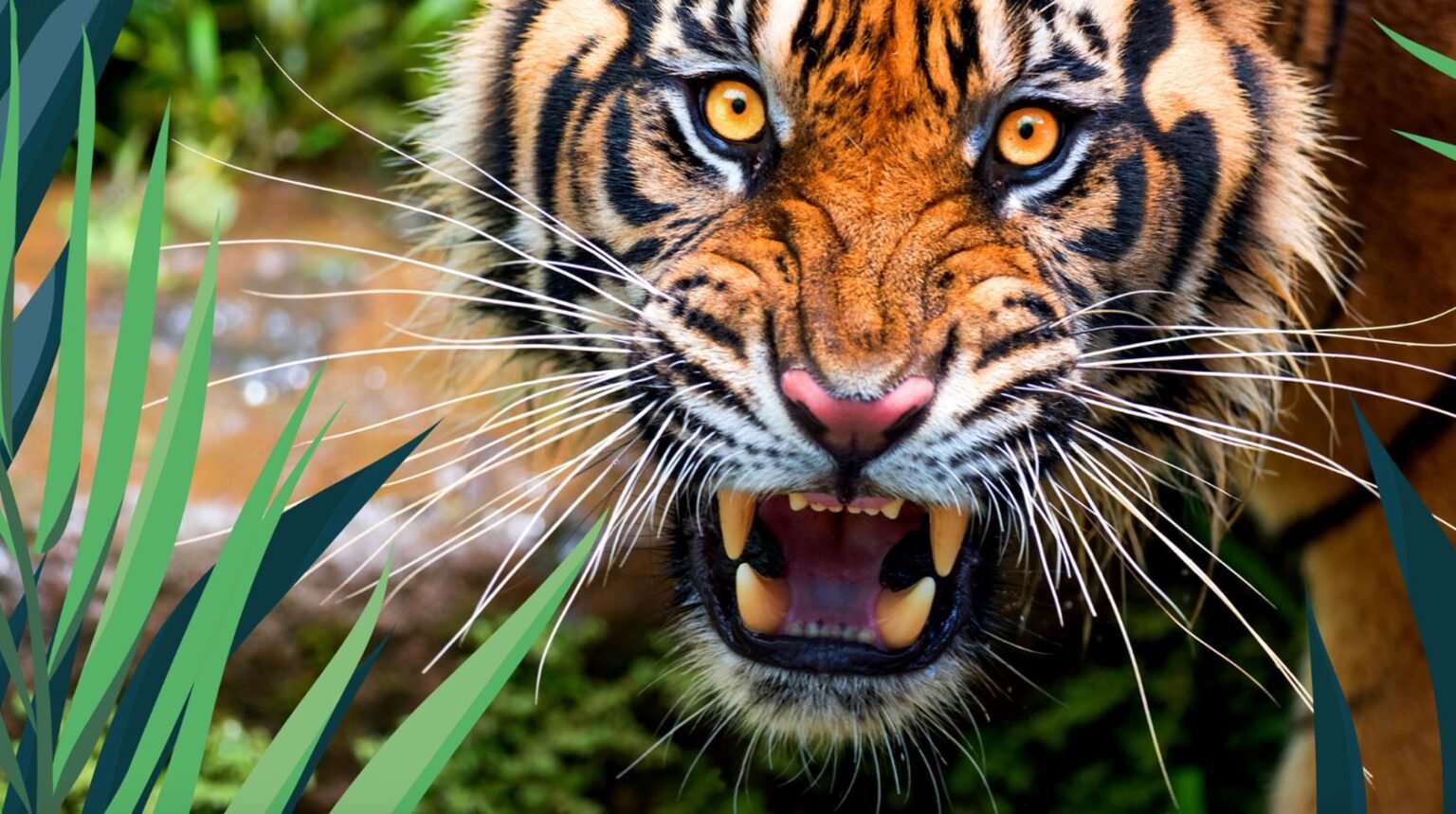
Up close & personal at Manor Wildlife Park
Manor Wildlife Park is full of an array of different species of animals, some of which the park offers you the chance to get involved with them. From Lemurs to Tigers. Your day out at Manor Wildlife Park will be jam-packed and full of excitement, laughs and fun.
Lemur Walkthrough
Visit their friendly lemurs in their Madagascan habitat set in the lovely Welsh countryside. Watch them leap from branch to branch while carrying their young or simply eating on their favourite vegetables. If you’re lucky, you could even get to sit next to Scarlet, their adorable Red Ruffed Lemur!
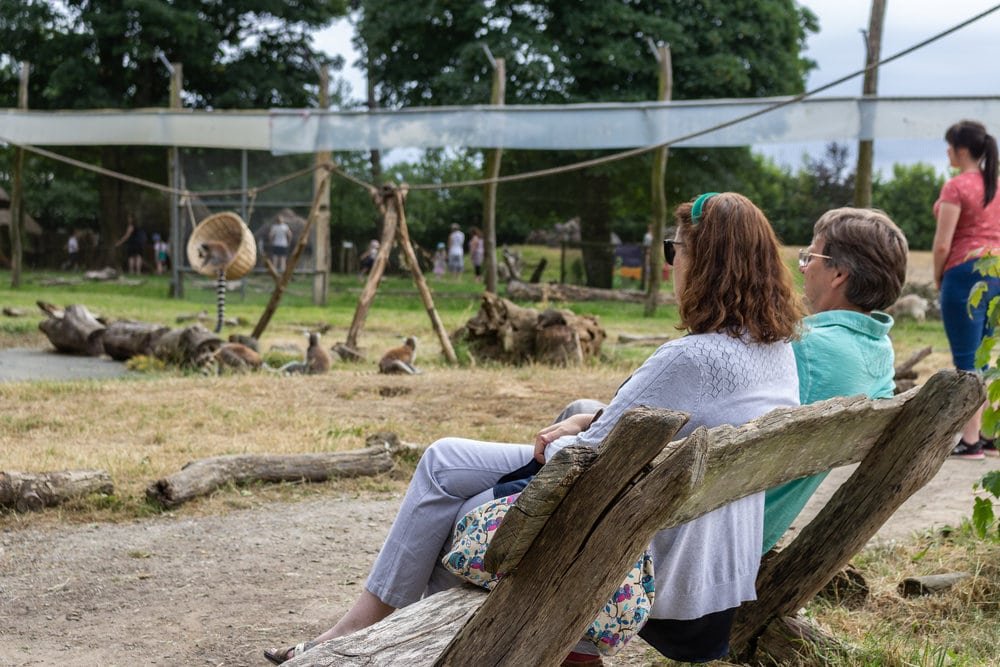


Wallaby Walkthrough
Head on down to the UK’s most stunning wallaby tour! There’s plenty of room to relax and meander amid the Bennets and Parma Wallabies. Watch the little Joeys hop in and out of their moms’ pouches. It’s wonderful to meet such pleasant and peaceful creatures who like human interaction. Where else would you be able to feed and stroke a wallaby? So, if you or someone you care about is an animal lover, this is a once-in-a-lifetime opportunity!
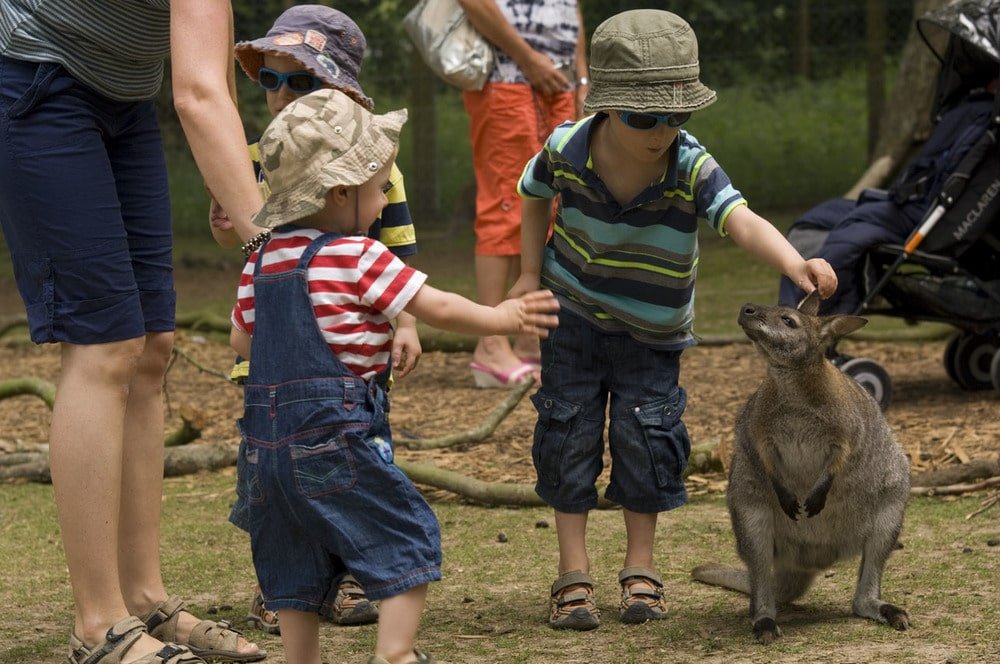
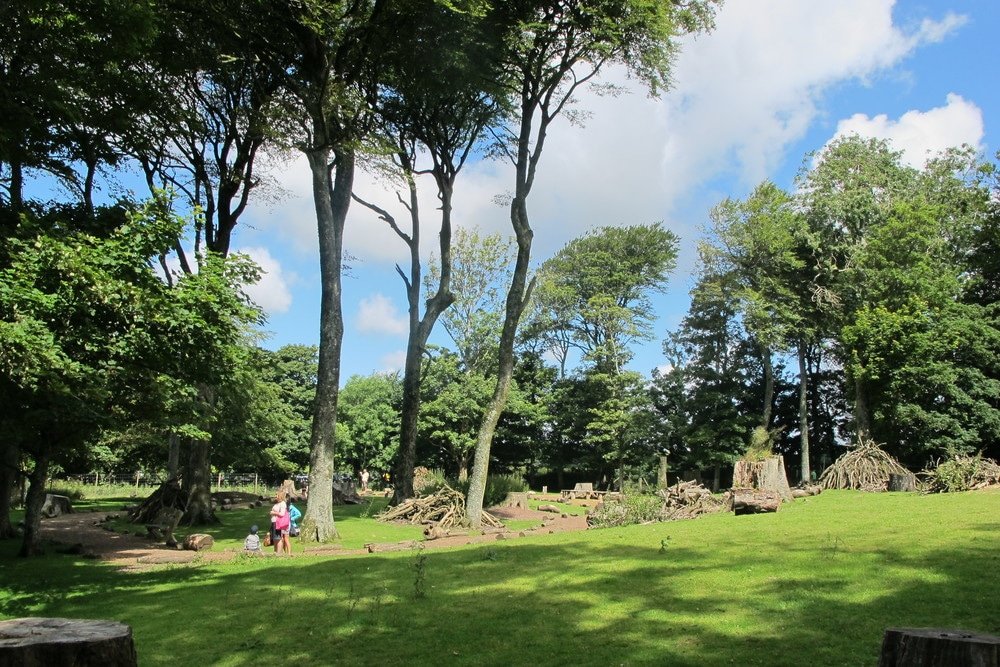
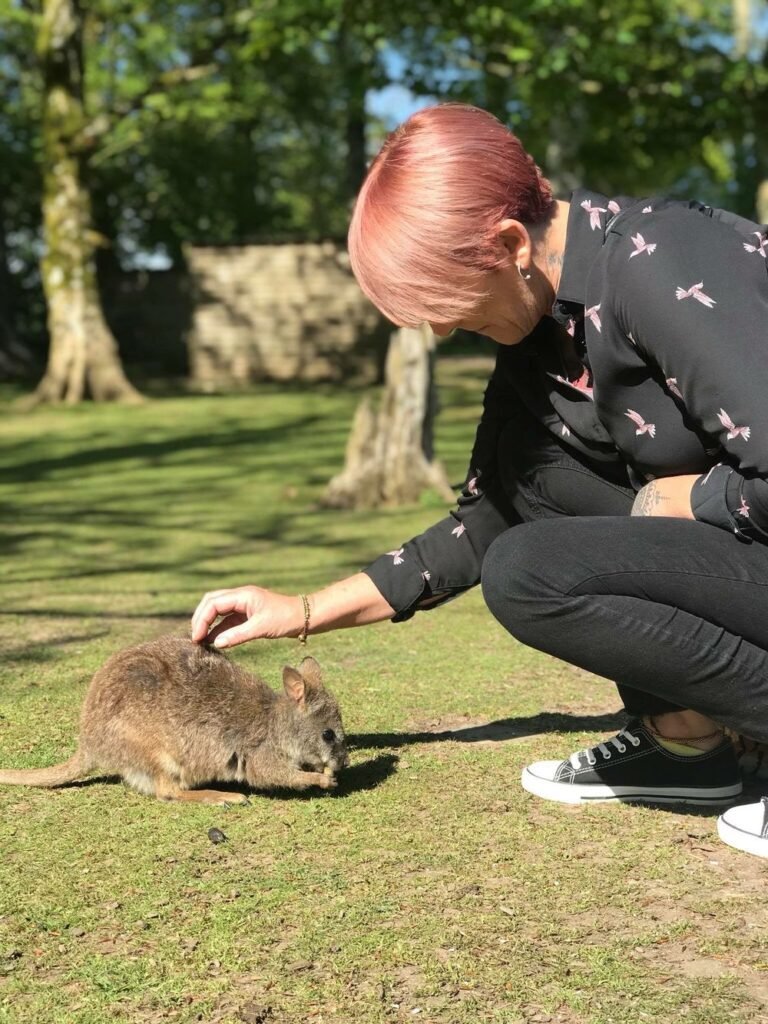
Red Panda Woods
Pop in and say Hi to the park’s two newest visitors, the red panda twins Betty and Cherry! Wooden paths lead you into the forest canopy, where you can see the animals eating their favourite meal… bamboo! The exhibit allows visitors to observe the creatures from a variety of perspectives, and it also includes a small stream, which helps to recreate their Himalayan habitat.

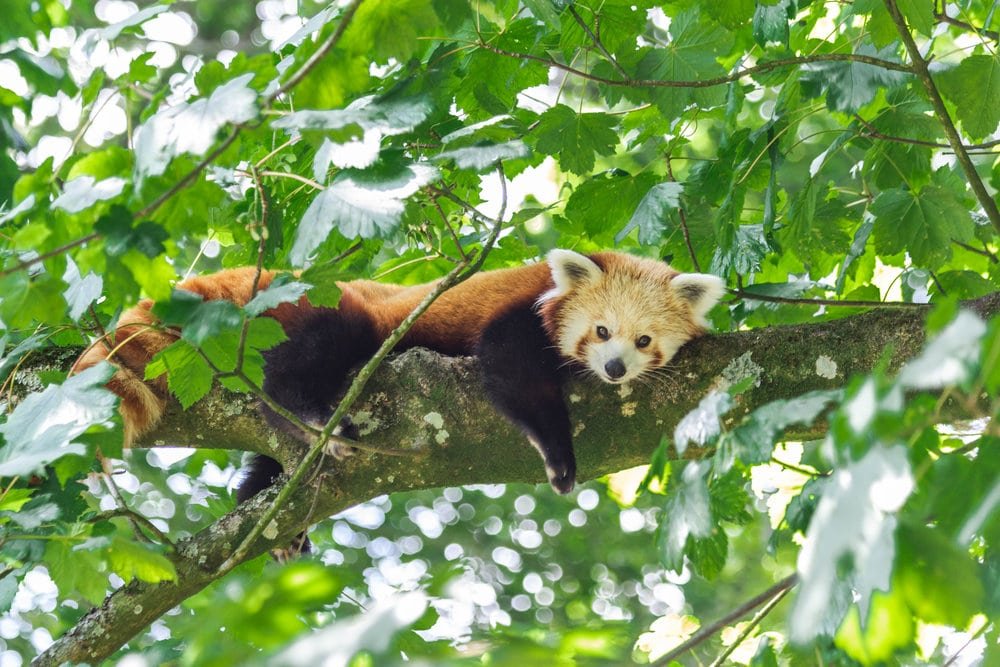
Meet Jaya and Terima
Manor Wildlife Park is now involved in the Sumatran tiger European breeding programme, which is aiming to ensure the survival of the most enigmatic of species. The park has one male, Jaya, who came from Chester Zoo in 2016, and one female, Terima, who came from Beauval Zoological Park in France in 2015.
Numbers have plummeted in their native Sumatra due to habitat loss and deforestation caused by increased logging and agriculture – especially from palm oil plantations. Illegal hunting is also a problem as these animals are revered for their skins and seen as a threat to livestock.



